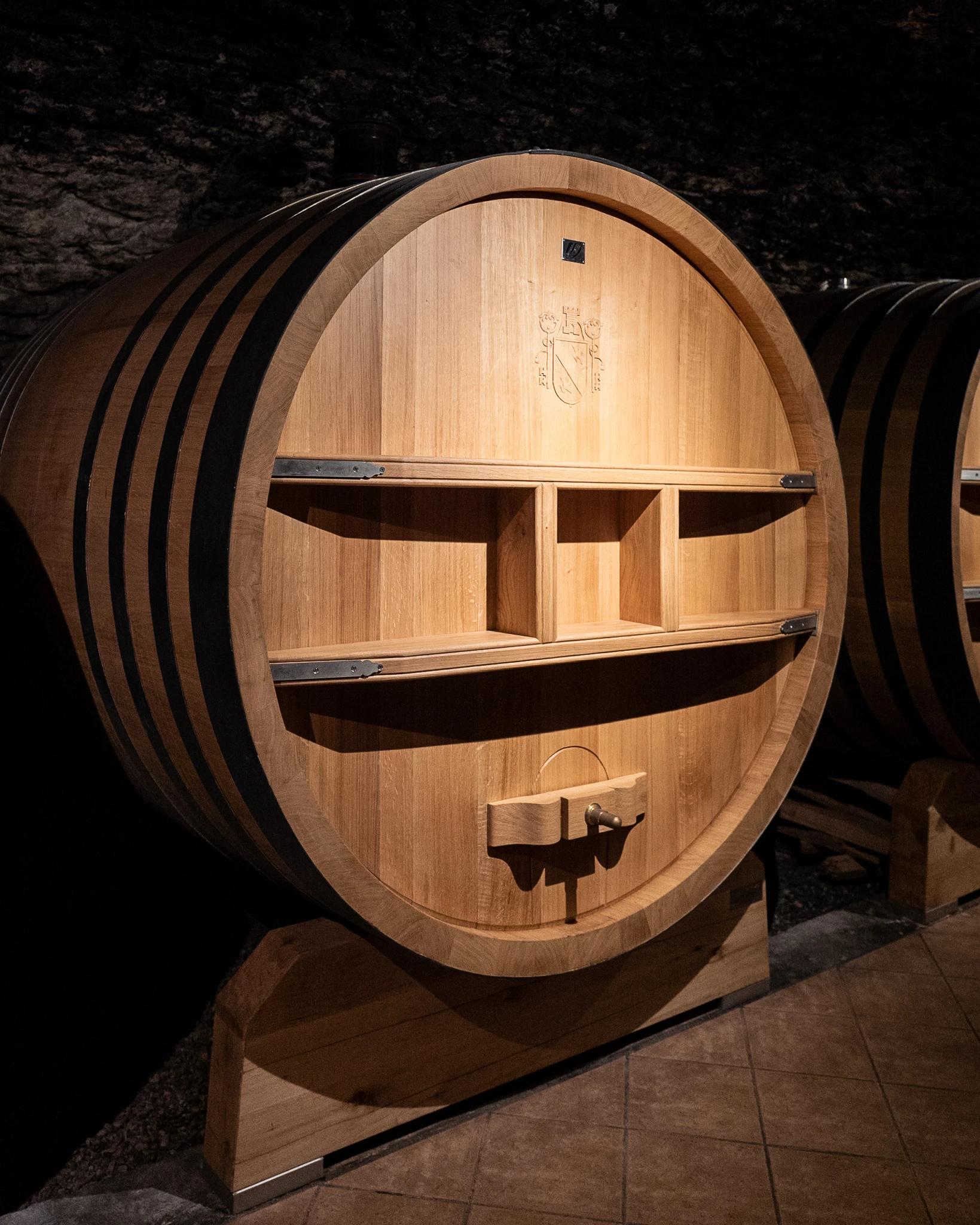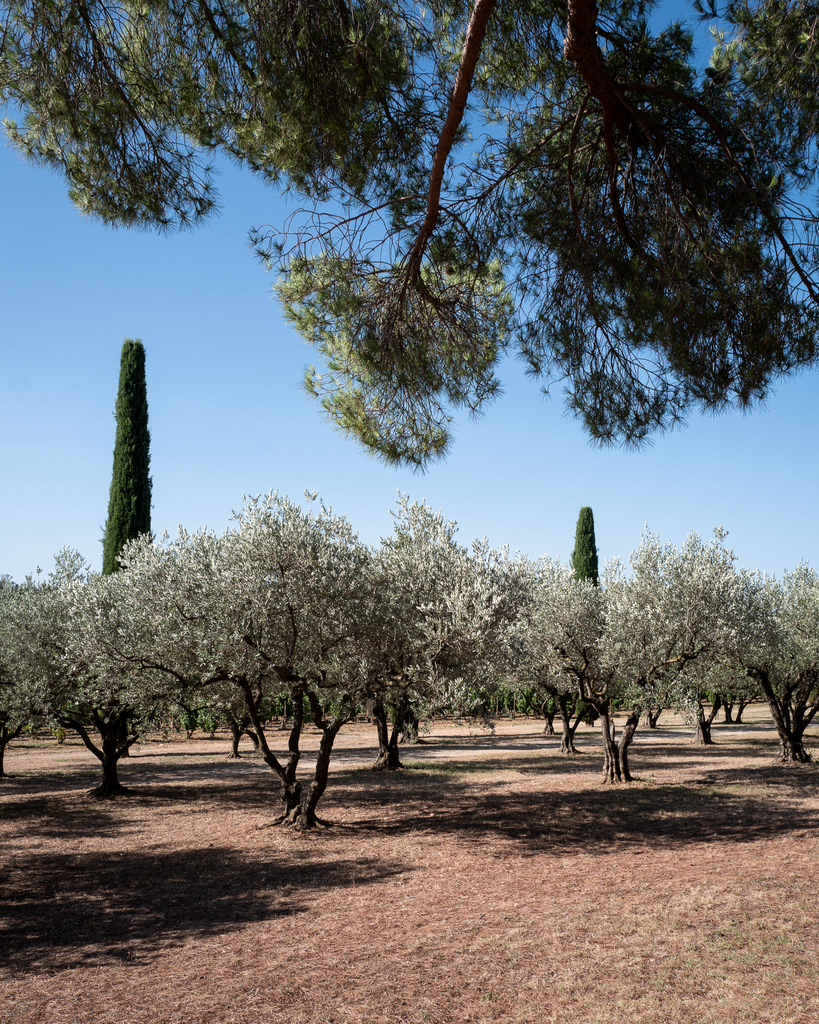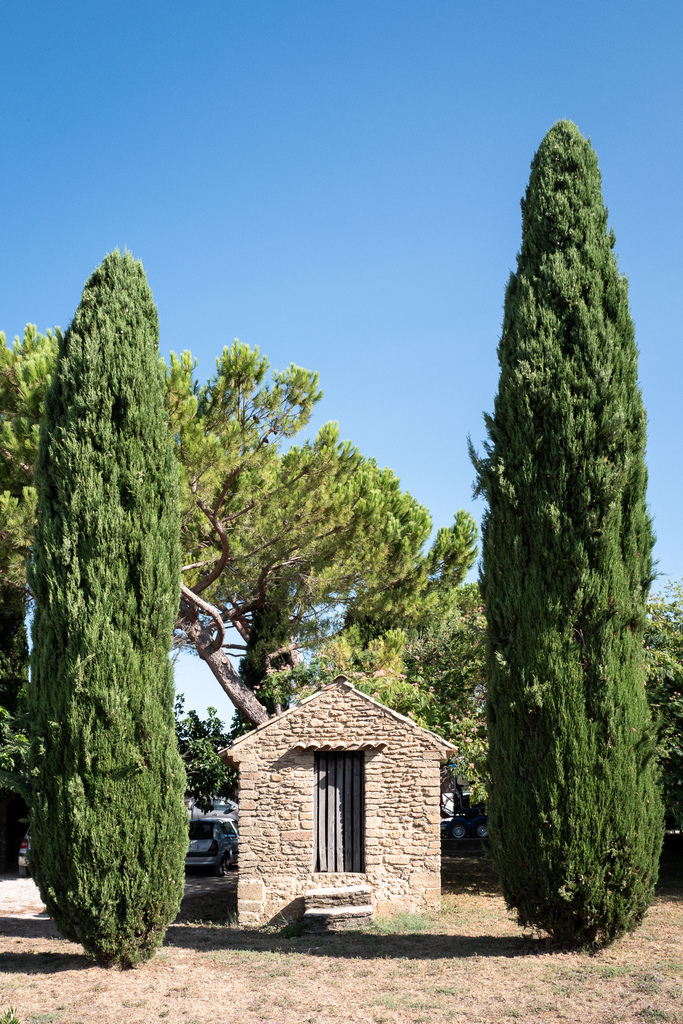Château de Nalys Châteauneuf-du-Pape , France | Budget: NC- Surface 2 400m² Surface area: 2 400m
Château de Nalys: Renovation and extension
Mission : Analysis, Feasibility, Programming, Organization of Competitions, Project Owner support, Site Management


Mission : Analysis, Feasibility, Programming, Organization of Competitions, Project Owner support, Site Management
Owned for over 30 years by Groupama, Château de Nalys was taken over in 2017 by the Guigal family. With a strong presence in the northern part of the Nord valley, the Guigal family wants to make Château de Nalys its flagship in the south of France.
After long and meticulous work in the vineyards, the family decided to launch an ambitious renovation plan for the château and winery.
-



Hello BAM,
We've heard about your architectural competitions. We'd like to use your services for one of our new properties: Château de Nalys, in Châteauneuf-du-Pape.
-


Hello Philippe,
Thank you for your message. I've read the history of the Château, which is fascinating. We'd be delighted to help you with your project. We can come and meet you next week. -



Great, let's meet in Nalys next week then. Thank you.
Context
An extraordinary terroir
Domaine de Nalys’ reputation in the world of wine and in the prestigious Châteauneuf-du-Pape appellation has gone unnoticed thanks to the silent management of its last operator. In 2017, this situation enabled the Guigal family to unearth a rare gem with previously unsuspected potential.
Far-sighted and astute, Marcel and Philippe Guigal immediately understood that the acquisition of this exceptional estate would provide them with top-quality production.
They began with the most important task of all, working the vines, and over a period of 3 years worked to improve their terroir until they achieved integrated, organic farming.
With its high-quality vineyards, the family now wishes to acquire the appropriate production facilities needed to produce the great wines of Nalys, but also to take advantage of the opportunity to build a statutory building, symbolizing the transition from Domaine to Château de Nalys.




The program
A statutory project
How do you make the transition from Domaine de Nalys to Château de Nalys while creating the ideal conditions for producing quality wine and minimizing the impact of construction?
It’s this enigma that we’ve set out to solve in order to answer the Guigal family’s challenges at Nalys.
To do this, we focused on 3 essential programming points:
- Meeting the Château's winemaking requirements: We started by understanding the pitfalls of the current estate, the points of friction. Then we visited the family's cellars in Ampuis, and understood their requirements and standards. Lastly, we drew up a master plan representing the ideal process for vinifying reds and whites, keeping as much gravity as possible and integrating the equipment needed for good winemaking.
- A building to symbolize the new history of Nalys: At the programming stage, the architects had to be told that the project had to represent the transformation of the Domaine, the change in status, and reflect the excellence of the wines now produced, without overdoing it. Indeed, it's necessary to work with the local context of an already highly reputed terroir made up of the great families of the southern Côtes du Rhône. It was necessary to avoid being too grandiloquent in the design of the project, and not to show off too much. The challenge of the project was to make it look as if the château had always been there.
- Minimize the project's impact on its natural environment: The first thing to do is to identify the project's environmental context. In this respect, we carry out research into the local climate to identify the elements to protect against and those to take advantage of. At Châteauneuf, and even more so at Nalys, which is located on a hill, the design will have to work with the prevailing winds and high levels of sunlight. Preserving the environment also means minimising the project's carbon footprint, both through the use of sustainable and local building materials and by working on the buildings' energy performance, as well as ensuring that as much as possible of the existing fabric is preserved to avoid demolition / reconstruction at all costs whenever possible. These considerations go beyond programmatic issues and are part of an approach to resilience and discretion with regard to the environment, from which the winegrowers derive all their prosperity.


Architectural competition
In search of the perfect team
After several months of programming, we launched the competition and received a total of almost 200 applications…
After a drastic selection process and some video conferences, the Guigal family decided to launch the competition with 5 teams, all very different from each other, to diversify the approach. So we’re embarking on this adventure with Philippe Prost, Amélia Tavella, Carl Fredrik Svenstedt, BPM and Christian de Portzamparc, no less.
After a grand site visit with all the teams and a meal with the Guigal family, the teams embark on 3 months of design work, during which we meet them 2 times in vision to ensure that the projects correspond to the client’s expectations.
At the end of this competition period, we organize a jury that will remain engraved in our minds. 5 extraordinary projects are presented to us, and all of them could be chosen without any problem. And that’s exactly what’s wrong: the family can’t make up their minds, and finally decides to continue the adventure with the teams of Carl Fredrik Svenstedt and Amélia Tavella, asking them to improve their project… This is a clear example of Marcel and Philippe Guigal’s perfectionism.
A month later, the two teams presented us with their completed projects, and once again it was hard to decide between them. After much deliberation, the choice fell on Amélia Tavella’s design, a magnificent project in rough stone, with the emphasis on preserving the existing building and tuns cellar, and allowing for optimal vinification.
Everyone is now looking forward to diving into this magnificent project.




The winning project
“Le concours le plus couru de l'année 2022”
AMC


“Le concours le plus couru de l'année 2022”
AMC


“Le concours le plus couru de l'année 2022”
AMC


“Le concours le plus couru de l'année 2022”
AMC


- See the previous project
- See the next project

